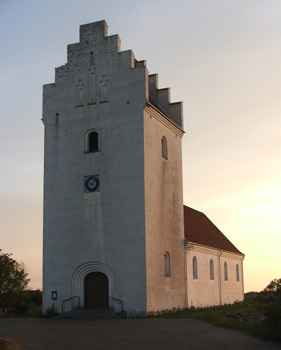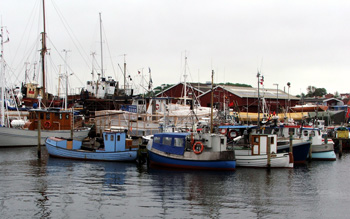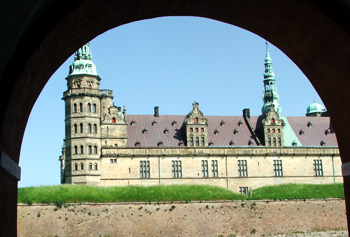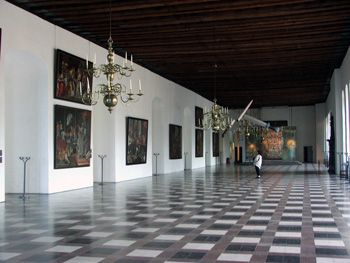 |
 |
 |
The Kattegat is a bay between Sweden and Denmark and is a continuation of the Skaggerak, which separates Norway and Sweden. Its name came from late-medieval Dutch navigators, who likened it to a hole so narrow and fraught with rocks and other hazards that even a cat would have trouble getting through it. With electronic charts, depth sounders, and navigational markers, it's a lot easier for us than it was for them.





